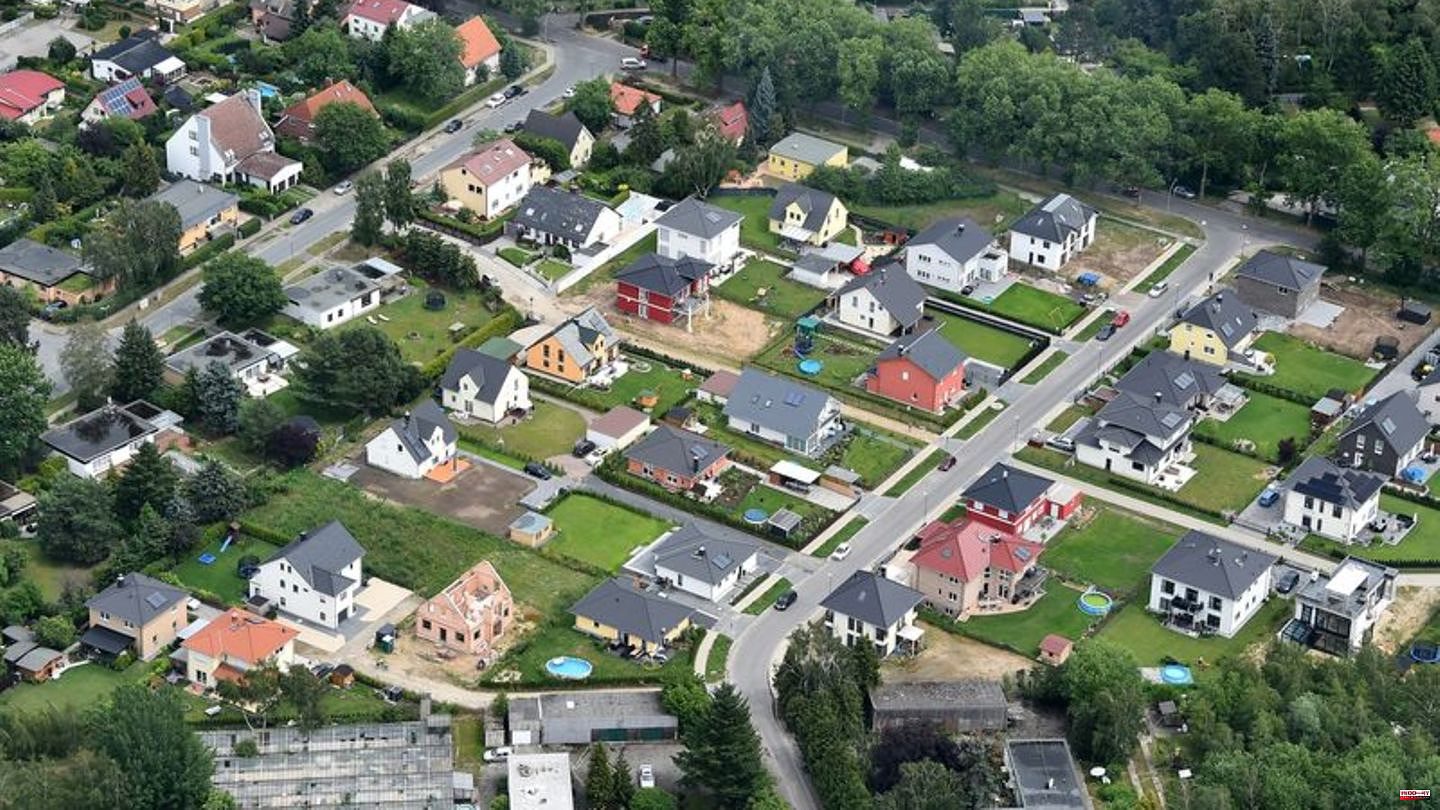According to a study, the metropolises in Germany are increasingly losing people to the surrounding areas. While the big cities once benefited from an influx, the trend towards urban exodus has intensified in recent years. This is shown by an evaluation by the data analysis company Empirica Regio for Berlin, Hamburg, Munich, Cologne, Frankfurt, Düsseldorf and Stuttgart.
In 2018, more than 47,000 people migrated from the seven largest German cities to directly adjacent districts or urban districts, and in 2021 there were around 56,600, shows the study available to the dpa news agency. In particular, many people from Berlin (17,249), Hamburg (11,145), Cologne (7894) and Frankfurt (6653) were drawn to the surrounding area.
According to Empirica Regio, between 2010 and 2013 the metropolises had still grown strongly. But since 2018, the trend towards emigration to the surrounding areas has increased, according to the study for which Empirica Regio analyzed data from the Federal Statistical Office. The main reason: there is not enough affordable housing in the metropolises.
Despite sometimes long journey times
More and more people are willing to travel longer distances to the cities - counties that are one hour or more away are also benefiting from this, said Jan Grade, Managing Director of Empirica Regio. This has consequences for metropolises. "In particular, the emigration of families must cause concern for the cities, since they are usually well positioned financially and revitalize a city."
For the surrounding communities, the urban exodus brings not only opportunities but also "growing pains," said Grade: more and more traffic and a need for building land. In addition, they would have to strengthen the range of day-care centers and schools and expand public transport and the energy supply. In expensive cities like Frankfurt and Munich, immigrants from the rest of Germany are often no longer drawn to the center but directly to the surrounding area.
During the course of the corona pandemic, many people left the cities for the surrounding areas with the desire for more distance. But the pandemic is only a trend enhancer and not the only cause, says Grade.
However, cities continue to grow
However, the migrations do not mean that all metropolises are necessarily shrinking. On the one hand, it also depends on the number of deaths and births within the cities. And on the other hand, many metropolises are gaining residents from the rest of Germany or from abroad. According to Empirica Regio, Berlin (25,482) and Hamburg (9255) are ahead in terms of international immigration.
In Berlin, for example, this meant that the capital continued to grow in 2021, although many people migrated to the surrounding area. "Berlin in particular has a lot of appeal and is attractive as a job market," says Grade. And in Hamburg, immigration from abroad greatly mitigated the losses to the commuter belt.
Immigration from abroad had fueled the growth of the big cities for a long time. But since 2015 - the peak of the refugee crisis and immigration from other EU countries - international migration has been slowing down. With the corona pandemic in 2020 and temporarily closed borders, international immigration then collapsed. According to Empirica Regio, this recovered last year but no longer reached the pre-crisis level. That could change in the current year: With the war refugees from Ukraine, Grade expects a "population surge" in Germany.
Empirica Regio Presse









